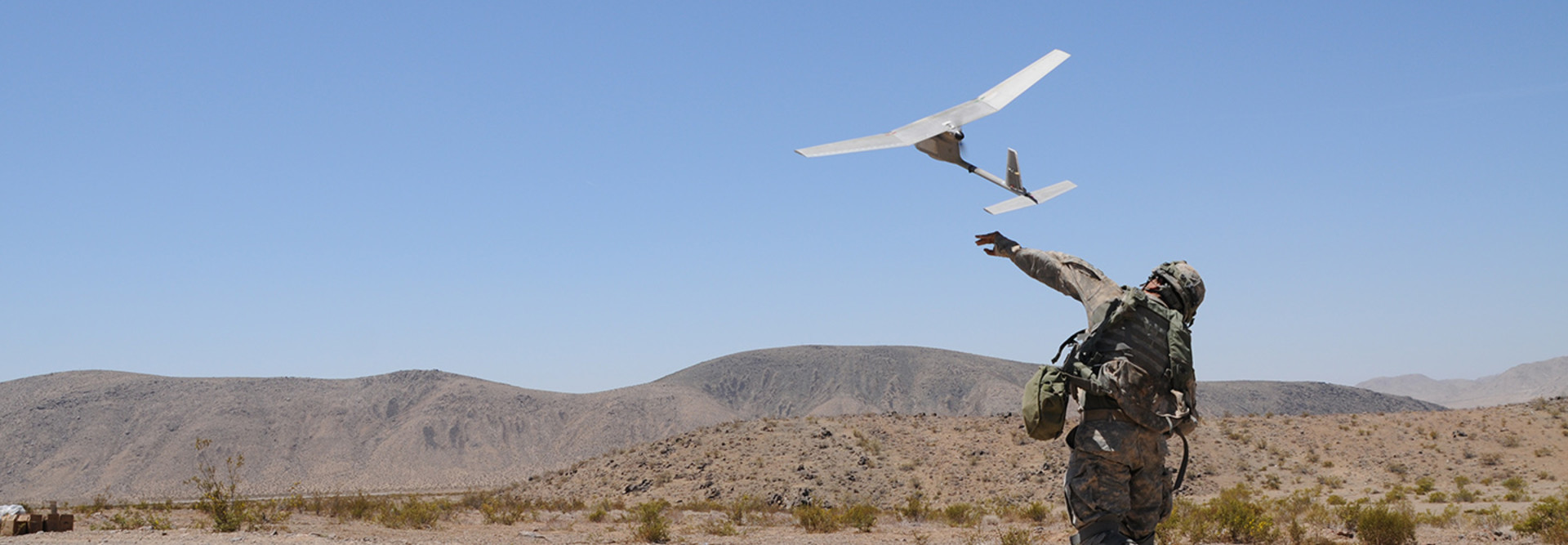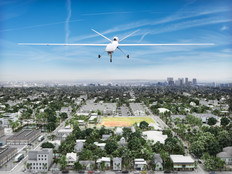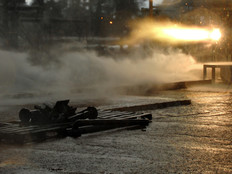Are 3D-Printed Drones Coming Soon to the Army?
The U.S. Army expects to start experimenting with 3D-printed drones early next year, another indication that federal agencies are embracing the technology.
The Army conducted an annual exercise to trial new technology called the Army Expeditionary Warrior Experiments, or AEWE, according to the Army. The demonstrations — which will take place at Fort Benning, Ga., between January and February 2017 — let soldiers test experimental technologies being developed by private industry and Army researchers.
“In January, the AEWE 2017 team selected a project submitted by the U.S. Army Research Laboratory for inclusion in its next round of experimentation: On-Demand Small Unmanned Aircraft Systems, or UAS,” the Army states in a news release. “It is one of 50 technologies slotted to participate in the experiment with 14 from government researchers and 36 from industry.”
Using 3D Printing to Create Drones
Eric Spero, an acting team lead in the Army Research Lab’s (ARL) Vehicle Technology Directorate, pushed the AEWE to take a closer look at his team’s tests.
“We saw the trajectories of two beneficial technology areas converging in the future,” Spero said, according to the Army release. “The technologies are 3D printing and small unmanned aircraft systems, sometimes referred to as drones.”
In chaotic battlefield environments, the two technologies could provide soldiers with greater flexibility to accomplish missions that require drones. Spero says that his team’s work is not actually about drones, but rather about using 3D printing to let soldiers create useful technologies on the fly.
“It's about the capability to design and build on-demand. The concept takes advantage of 3D printing as a future enabler and positions us, as the U.S. military, to take advantage of increasingly better manufacturing technologies,” Spero said.
Spero notes in a white paper that 3D-printed drones could give soldiers in the field an edge — on the fly, as it were. "The technology provides an unmanned teammate in support of manned/unmanned teaming," he writes, offering “unmanned teammate” as a euphemism for a drone. "Small UASs equipped with sensors, for example, day or night, still or video, can provide preemptive threat detection and identification."
The drones, if they are printed on-demand, could be used for a variety of missions. "Small UASs can also be used to investigate weapons of mass destruction at a safe stand-off distance, looking beyond gaps, collecting forensic data, and breaching complex obstacles such as those that require hover-flight capability," Spero writes in the white paper.
Helping out in the Field
As Popular Mechanics notes, the ARL gave a specific example of how the technology might be used. In the example, an Army reconnaissance unit needs a drone, but the Army’s standard hand-launched RQ-11 Raven drone is not available.
The patrol in the field would radio in the mission parameters to a fabrication lab, which would then use software to create a drone that fits the mission’s needs. The drone would then be created, basically overnight, using off-the-shelf parts and custom, 3D-printed components.
The Army says that the ARL “has been collaborating closely with its partners at Georgia Tech's Aerospace Systems Design Lab on development of software and hardware to demonstrate the capability.”
Spero says the solution could be used from the battalion level all the way down to a company, platoon, squad and individual soldier. He says the ARL’s approach will give soldiers more flexibility and deliver drones more cheaply and quickly than is possible with off-the-shelf drones.
“We’re focused on gaining a deeper understanding of advanced mobility technologies that will bring greater capabilities to our soldiers," Dr. Mark Valco, director of the ARL’s Vehicle Technology Directorate, said in the release. "This project is a good example of our efforts to explore flexible, low-cost capability enhancements.”
According to the Army, Valco thinks “flexible design optimization, advances in materials and the speed of 3D printing, or additive manufacturing, will make this vision of the future a reality.”
The implication is that 3D printing might be used in the future for not only drones, but also other equipment and hardware.
“This is not a solution for today,” he said. “Innovation is the key. We’re demonstrating a capability, but we need to evolve design tools, higher-grade materials and the ability to print faster. Our researchers are continually looking for opportunities to enable these new capabilities.”
The Army, of course, is not the only federal agency to test out 3D printing. As FedTech reported, NASA was experimenting with the technology as far back as 2014. Astronauts aboard the International Space Station printed parts that were then returned to Earth.
In September, the General Services Administration added the company 3D Systems’ solutions to its catalog of services for agencies.








